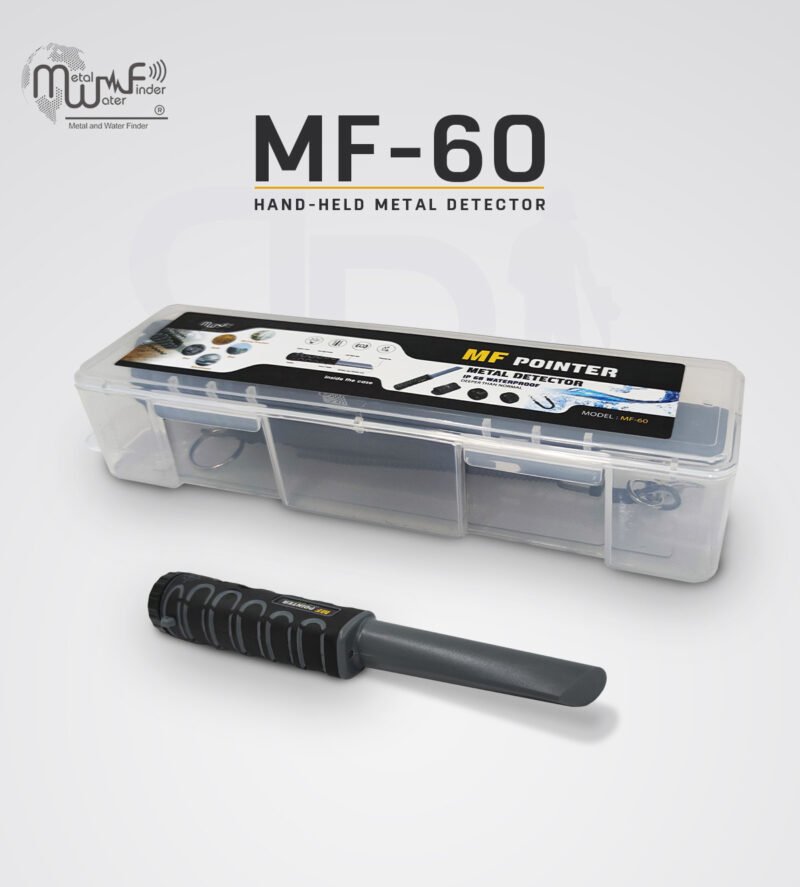Treasure hunting is more than just a pastime—it’s a combination of skill, patience, and technology. While metal detectors play the leading role in uncovering hidden treasures, a reliable pinpointer is the supporting tool that ensures you don’t waste hours digging blindly. Pinpointers help narrow down the exact location of an object once your main detector alerts you to its presence, saving valuable time and effort in the field.
With dozens of models on the market, the question most treasure hunters ask is simple: which model is the best? In this article, I’ll share the key features that make a pinpointer effective, draw on real-world experience from seasoned hobbyists, and take a closer look at standout models that have earned recognition in the treasure-hunting community.
Precision and Sensitivity
The most important feature of any pinpointer is sensitivity. A high-quality device should be able to detect small objects like coins, jewelry, or relics even when buried in challenging soil. When considering the best pinpointer, always look for models that allow adjustable sensitivity settings. This lets you adapt to different terrains—whether you’re combing through a sandy beach, mineral-rich soil, or rocky ground.
Treasure hunters often note that sensitivity can mean the difference between recovering a valuable item and missing it altogether. Many professional-grade models even offer multiple modes for enhanced accuracy, ensuring you can filter out background interference and focus on your true targets.
Ground Balance and Stability
Another crucial factor is how well a pinpointer handles different soil types. Just like larger detectors, pinpointers must cope with mineralization that can produce false signals. This is where advanced ground balance technology becomes essential. Devices with this feature provide stability and accuracy in environments where less capable tools fail.
For example, the MF 60 has gained popularity among treasure hunters because of its strong performance in mineralized soils. With its ergonomic design and advanced detection capabilities, it not only provides accurate depth readings but also reduces false positives. This balance of practicality and performance makes it a favorite among those who regularly explore difficult terrain.
Ease of Use in the Field
A pinpointer is only as useful as its ease of operation. Treasure hunting often involves hours outdoors, sometimes in challenging weather or uneven landscapes. A good model should be lightweight, compact, and simple to operate with one hand. Clear audio signals, vibration alerts, and even LED indicators help treasure hunters know when they’re closing in on their target.
Many professionals also appreciate waterproof designs, which allow them to search riversides, lakes, or wet ground without damaging the equipment. Durability is another key aspect—hunters need a tool that can withstand rough handling, moisture, and long hours of use without failing.
Battery Life and Reliability
Few things are more frustrating than running out of power in the middle of a promising hunt. The best pinpointers come with long-lasting rechargeable batteries or efficient replaceable ones that provide extended operating time. A low-battery indicator is also an underrated but essential feature, ensuring you’re never caught off guard in the field.
Hunters who spend full days detecting often carry backup power sources, but a reliable device with good energy efficiency means fewer interruptions and more productivity.
Durability and Build Quality
Pinpointers are often exposed to rough conditions. They are pressed into soil, scraped against rocks, and used in environments that test their resilience. A top-quality model should be rugged enough to handle physical stress while maintaining accuracy. Reinforced casings, waterproof seals, and dust protection all contribute to a longer lifespan.
A device that fails after a season of heavy use is no bargain. Serious treasure hunters know that investing in a well-built pinpointer pays off in the long run, ensuring consistent performance year after year.
Value for Money
While it’s tempting to go for the most advanced and expensive pinpointer available, the best choice is often one that balances cost with features. Beginners may not need every premium function, while seasoned hunters will appreciate tools that enhance efficiency in the field. The right investment depends on your goals, hunting style, and environment.
Models like the MF 60 strike this balance by offering professional-grade performance at a price point that’s competitive. This makes it a practical choice for both hobbyists looking to upgrade and experienced hunters seeking a reliable backup unit.
Conclusion
Choosing the best pinpointer is about more than just brand names—it’s about understanding which features make a real difference when you’re in the field. Sensitivity, ground balance, ease of use, durability, and battery life are the hallmarks of a reliable device. Among the options available today, models like the MF 60 stand out for their ability to perform consistently in diverse environments.
For treasure hunters, a pinpointer isn’t just an accessory—it’s the tool that ensures you recover the target quickly and efficiently. With the right device in hand, every signal from your detector becomes a genuine opportunity to uncover history buried beneath your feet.







